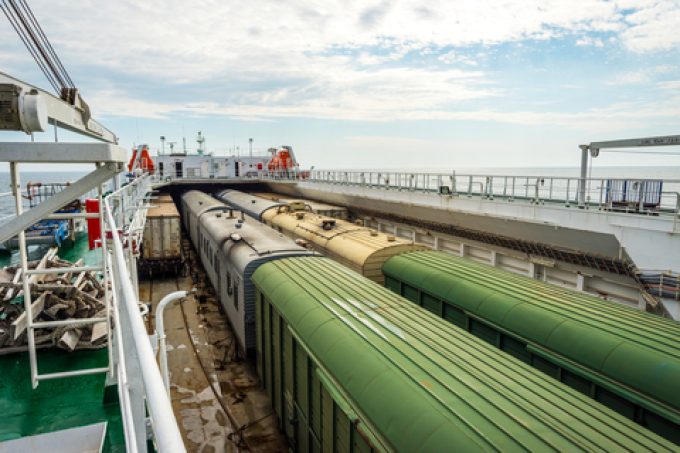
Photo 82661115 © Dinozzaver | Dreamstime.com
Plans to increase capacity of the Middle Corridor rail freight route from China to Europe, as reported by The Loadstar yesterday, are likely to be far more important to Central Asian shippers than the European importers using it as an alternative to sea freight.
“Land will never be an alternative to sea, or even air, on the Asia-Europe trades,” Verspucci Maritime’s Lars Jensen told delegates at last month’s TOC Europe event in Rotterdam.
“I’m sorry, but it’s a niche – these rail services aren’t going to replace shipping because of the sheer volume of goods that are moving around the world.
“A 1km-long train can carry 100 teu, 200 teu if it is double-stacked, which means a 1,000km train would equal one ship – I see this as niche products that will play a role for a subset of shippers,” he explained.
Maersk is one carrier that has been offering shippers and forwarders the Middle Corridor option, although Irakli Danelia, its Central Asia & Caucasus region business development manager, admitted that the carrier’s capacity from China to Europe was limited.
One issue for supply chain planners is there seems to be considerable disparity over transit times – Chinese media has reported that it is 12 days from China to Istanbul, while Mr Daniela contends it is rather longer.
“20-23 days from Xian to Ambarli [Istanbul’s container terminals] is theoretically possible, and if we compare the set-up with 2020, at that time the corridor was subsidised by China, but now it is both time- and cost-competitive. The transit time has shrunk from 32 days to 15 to get to Poti, and if capacity rises we will be able to provide greater flows.”
He explained that Maersk, in cooperation with state-owned rail companies across Central Asia, was now operating four block trains a month, each with 100-110 teu capacity, and the future success of the route would depend on those countries expanding their rail freight capacity – both on land and on the Caspian Sea transit. And coordination between Kazakhstan, China and Georgia was also crucial to the corridor’s development, he said.
“They have already cleared the budget to add more rail platforms at the Caspian ports, and we understand that larger rail-ferry vessels will come into service in December 2025. The ships are owned by the state rail firms so we are very much reliant on them,” he added.,
Nonetheless, he had high hopes for sustained volume growth on the route, but explained that its long-term future was as a trade artery for Central Asia itself, given that at some point the Russia-Ukraine war will come to an end, and with it the prospect of fully reopening the Trans-Siberian Railway to European importers.
“We are expecting to see volume growth of up to 33% by the end of this year, and we are also hoping to develop the Central Asia market itself.
“One of the main issues we are facing is the lack of containerisation in the region. If the Russia-Ukraine war stops there will still be a need for this service, as we don’t want to focus on Asia-Europe FAK traffic – we are, instead, looking for stable cargo into and out of these countries, especially if we can containerise their exports,” he said.
Mr Jensen noted that land-based corridors were equally exposed to geopolitics, as well as maritime trade, and “you can’t move rail once it is built”, he added. What had previously attracted shippers to Asia-Europe rail services was largely determined in the shipping market, he said.
“During the pandemic the move to rail was because the rates were the same as shipping, and it is quicker and less prone to port congestion.
“This is less an alternative corridor and more a primary means of serving Central Asia.”